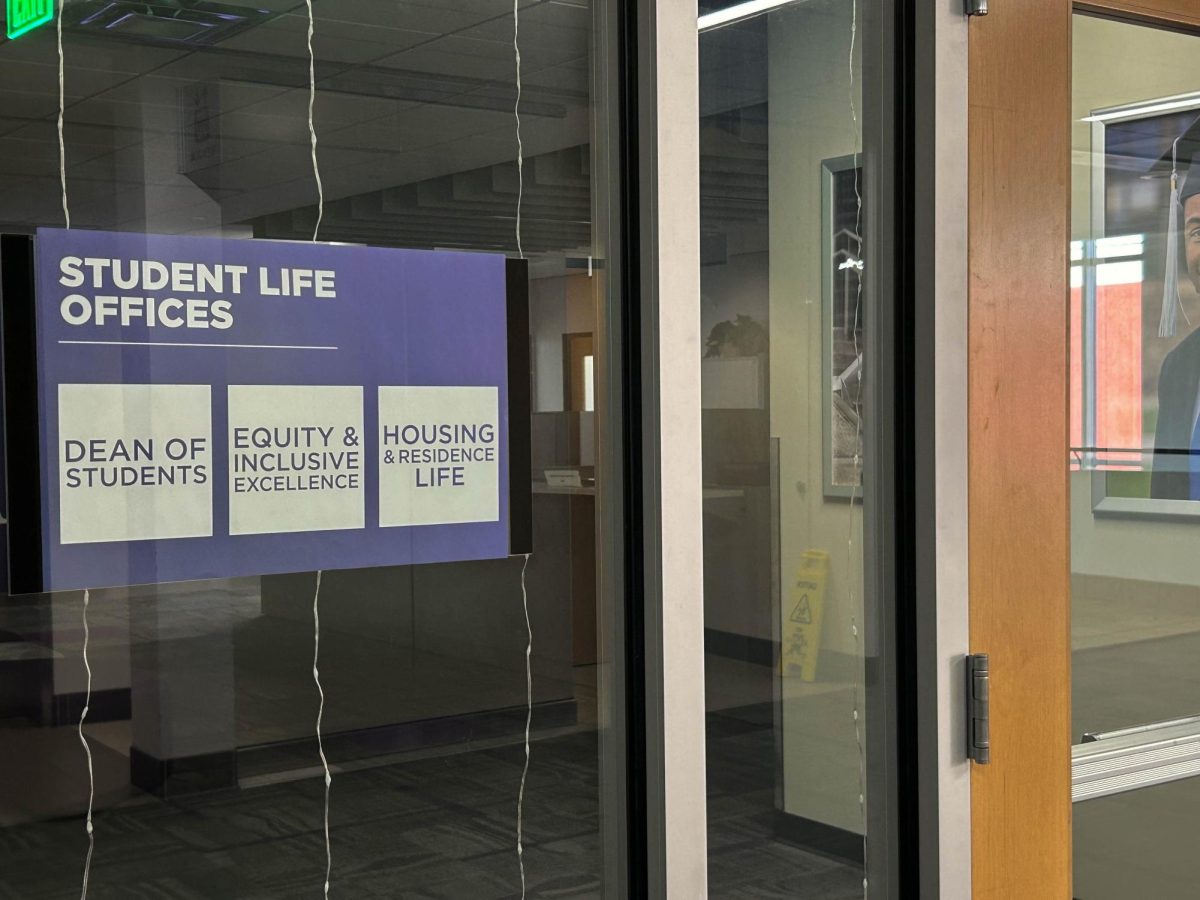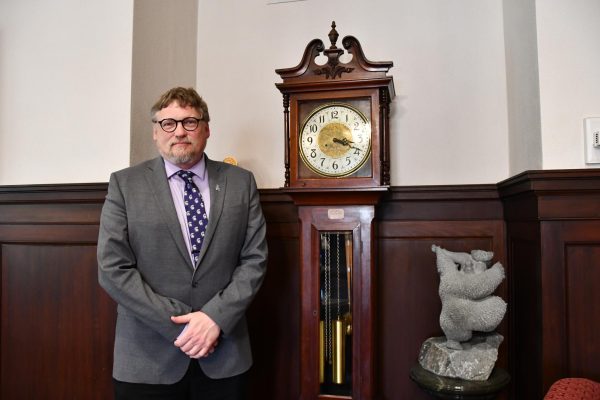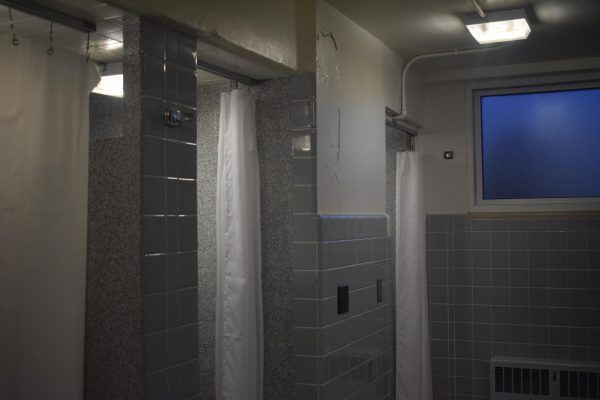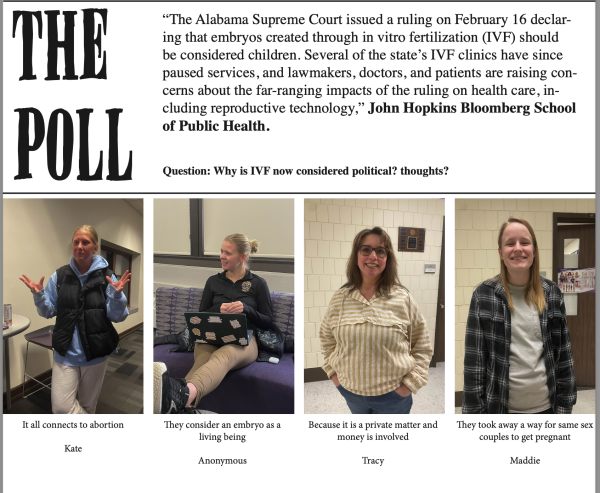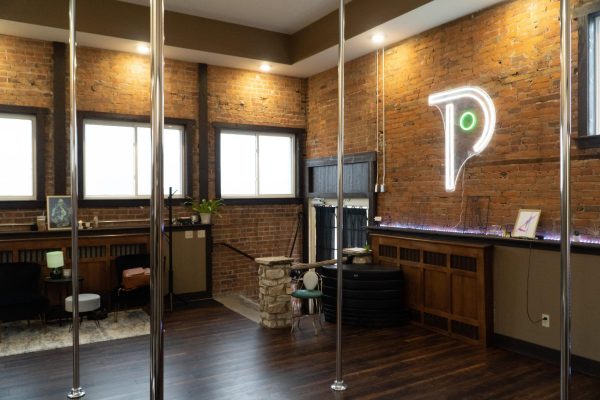What to expect in crisis counseling

March 25, 2020
While college can be a stressful time for most, more students are finding themselves at a breaking point that demands emergency assistance. When this happens, many turn to the free counseling services on campus.
According to Kateri Johnson, interim director of counseling services at Winona State University, when students come in for non-emergency help, they are first entered into the computer system through a screening form. On this form, they ask basic information such as the person’s name, student ID, birth date and an emergency contact.
After that, students have two questions they must answer: Do you feel that you would be at risk of harming yourself or someone else if you are not being seen today, and have you been sexually assaulted in the last two weeks and you are here because you want support in that?
If anyone marks yes to either of those questions, they are seen with a walk-in counselor. If they mark no, they are then invited to make an appointment to assess needs with the triage counselor before seeing a regular counselor.
However, if a student were to mark “yes” to either of those questions, or were referred by a faculty member or RA, the process looks very different from the scheduled sessions. A walk-in counselor is available Monday-Friday from 8 a.m. to 4 p.m. and will see them usually within a half hour of their arrival. According to Johnson, students may or may not be free to leave and come back.
“if someone marks yes, they are suicidal, they have to stay in the office. The front desk cannot allow them to leave,” Johnson said. “If the person marks [yes to the sexual assault question], but they say, ‘I’m going to go to class, but can I come back?’ they can go and come back and are still seen that day.”
If a student marked that they were at risk of hurting themselves, the counselor starts with the explanation of the confidential process and that their purpose is to keep that student safe. From there, the student and counselor determine what needs to be done in that moment. This includes a suicide-risk assessment followed by what needs to happen from there.
“We’re not making long-term plans here. The plan is how do you get through today, tomorrow, maybe even the next week,” Johnson said. “If they express being suicidal with a plan, we talk about going to the hospital and it’s not often that someone is resistant to going to a hospital. If they’re coming up here, they have a feeling that’s what they need, we are the kind of the conduit to get there.”
If a student wishes to go to the hospital, the counselor has a frank conversation about what will happen. Some students call parents or friends to go with them, but some choose to keep it to themselves.
If they keep it to themselves, the counselor will transport that student to the hospital to get set up in the emergency room.
Within the emergency room, students will be evaluated by a psychiatrist. They will then determine if a medication change is in order or if a longer-term solution is needed. From there, the hospital may work with the student and social workers, therapists, and doctors to determine the best plan for the student’s safety.
According to a representative from Winona Health, if a student needs inpatient care, the team works to find a place within Minnesota, as they cannot cross state lines into Wisconsin or Iowa.
Often, students are transferred to a facility in Rochester or further, often even several hours away. However, the most difficult part is finding an opening, as these facilities have limited spaces and are often filled.
If a student is admitted into an inpatient facility, the duration and content of their stay can depend on their condition and where they were placed. Often, the stay lasts between five days and two weeks.
When they come back to campus, their visit to the counseling center for this issue is not on any academic record, but remains confidential in compliance with the HIPPA privacy rule. Upon arrival back to school, the student is often set up with a long-term mental health care plan, possibly including medication, therapy, or other lifestyle changes.
The opinions expressed in this paper are not necessarily those of Winona State University, the Minnesota State Colleges and University system, or the Winona State University student body.





